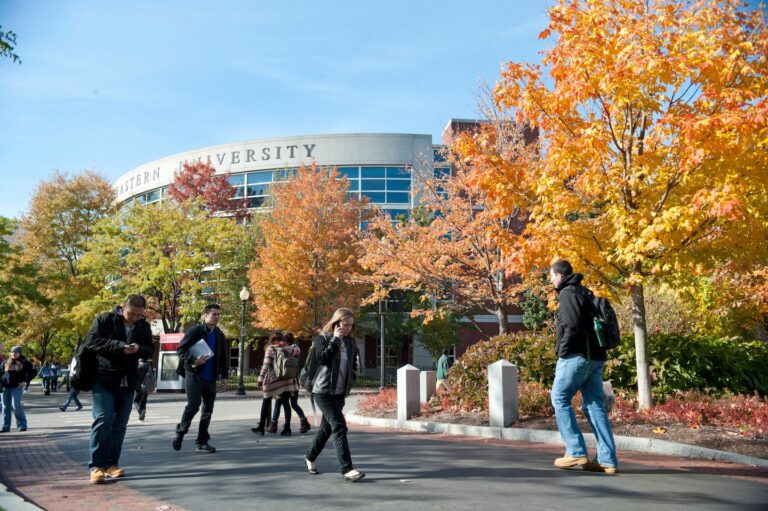Just by reading these three most recent rating actions from Moody's, see what you can learn about the future of higher education.
1. Law schools are in deep trouble. Moody's has downgraded Western California School of Law and gave the independent private law school in San Diego a “negative outlook,” adding that its financial pressures “are likely to continue for a longer period than expected.”
California Western is not alone in its struggles. Fewer students are going to law school and fewer graduates are getting the jobs they went to law school for.
Over the past decade, the number of law schools has increased by 9 percent, to 204, according to Moody's, while the number of new students has hit its lowest number since 1973, when there were just 151 law schools.
Additionally, the American Bar Association, which collects job placement datafound that for the Class of 2014, just 60 percent were employed in long-term, full-time jobs that require them to pass the threshold nine months after graduation.
“The legal industry is experiencing fundamental change rather than a cyclical trend,” Moody's said in a recent report on law schools.
But it seems everyone is aware of the changing (and depressed) job market for lawyers, except the people who run law schools. Even as prospects for legal education have dwindled in recent years, American University has continued to push forward a massive new $130 million law school complex on Tenley Circle in Washington, DC. recently opened for students.
2. The strongest universities are those that depend on more than just students for their income. Moody's Gives Northeastern University a 'Positive Outlook' based in part on “revenue diversification” attributable to the university's expansion into research buildings and faculty.
There's a lot of talk these days about whether colleges and universities should “unbundle” their activities to lower their prices instead of being all things to all people. One argument for separation is whether universities should be in the business of teaching undergraduates and conducting research.
But if the schools are only in the business of teaching students — as most small private colleges are — they depend heavily on student fees to stay afloat. Elite liberal arts colleges like Williams and Amherst have large endowments to help their bottom lines, but most institutions aren't so lucky. As students and families struggle to pay tuition bills, schools will need other revenue streams beyond undergraduates.
That's one reason why instead of decoupling research from teaching, many schools may move in the opposite direction, like Northeastern, and redouble their research efforts to attract new dollars.
3. States may be getting out of the higher education business, but most public institutions still depend on taxpayer dollars. The third rating action was for the University of Illinois, which received a “negative outlook” on some of its bonds.
While Moody's noted that the university itself is in strong financial shape and remains popular among students, it remains dependent on the state for a third of its operating budget. And in case you haven't heard, Illinois does not yet have a state budget, dating back to the beginning of its fiscal year in July.
There has been much debate in recent years about the role of public colleges at a time when students pay for more than half of their education in most states. Sure, state funds may make up less than 10 percent of the budget at the University of Virginia, the University of Michigan and Berkeley, but the fact is that most public colleges could not survive if not for their states.
You only need to look at these few Moody's rating actions to understand the enormous challenges facing higher education. In this election year, one of the things candidates from both parties agree on is that higher education needs change. Now the question is whether their solutions will be addressing the right problems.



